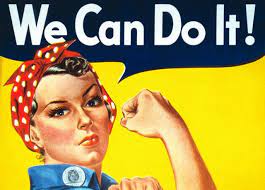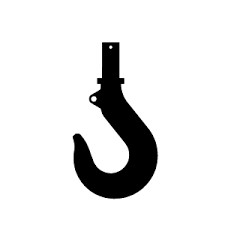A crisis with a woman&39;s face
As the world commemorates International Women's Day amid a global pandemic, a stark reality is clearly emerging: the COVID-19 crisis has a woman's face.

As the world commemorates International Women's Day amid a global pandemic, a stark reality is clearly emerging: the COVID-19 crisis has a woman's face. The pandemic is exacerbating the already deep inequalities faced by women and girls, erasing years of progress towards gender equality. Women are more likely to work in the sectors most affected by the pandemic. The majority of essential front-line workers are women, many of them from groups marginalized on the basis of race or ethnic origin and at the bottom of the income scale. Women are 24% more vulnerable to losing their job and suffering a steeper drop in income. The already high wage gap between men and women has widened, also in the health sector. Unpaid care work has increased dramatically due to lockdown orders and school and childcare center closures. Millions of girls may never go back to school. Mothers, especially single mothers, have suffered great adversity and anxiety. The pandemic has also unleashed a parallel epidemic of violence against women around the world, with a skyrocketing increase in domestic abuse, trafficking, sexual exploitation and child marriage. Meanwhile, while women make up the majority of healthcare professionals, according to a recent study, only 3.5% of COVID-19 response task forces comprised the same number of men as women. In the news coverage of the pandemic worldwide, only one in five specialized sources was a woman. All this exclusion constitutes an emergency in itself. The world needs new momentum to advance women's leadership and equal participation. It is clear that we will all benefit from this. Women in leadership positions have demonstrated their ability and effectiveness in responding to COVID-19. In the past year, countries led by women have had lower transmission rates and are often better positioned for recovery. Women's organizations have filled critical gaps by providing critical information and services, especially at the community level. Generally, when women lead governments, we see greater investment in social protection and greater progress in the fight against poverty. When there are women in parliaments, countries adopt more rigorous policies in the area of ??climate change. If women are present in the peace negotiations, the agreements are more durable. However, women represent only a quarter of national legislators worldwide, a third of members of local governments, and only a fifth of government ministers. If the current trajectory is maintained, gender parity will not be reached in national legislative bodies before 2063. Reaching parity among heads of government would take well over a century. Achieving a better future depends on us addressing this power imbalance. Women have the same right to speak with authority about decisions that affect their lives. I am proud that we have achieved gender parity in leadership positions in the United Nations. Recovery from the pandemic is our opportunity to chart a new path: one of equality. Specific support and encouragement measures should be targeted at women and girls, inter alia by increasing investment in care infrastructure. If the formal economy works, it is only because it is subsidized by the unpaid care work that women do. As we recover from this crisis, we must chart a path that leads to an inclusive, green and resilient future. I call on all leaders to take six key types of action: First, to ensure equal representation —from the governing boards of companies to parliaments, from higher education to public institutions— adopting special measures and quotas. Second, invest substantially in the care economy and social protection, and redefine gross domestic product so that household work is visible and accounted for. Third, eliminate barriers to the full inclusion of women in the economy, among other things, through access to the labor market, property rights, and specific credit and investment facilities for women. Fourth, repeal all discriminatory laws in all areas, from the world of work to land rights, through personal status and protection against violence.
Temas relacionados:
digital newspaper
school newspaper
digital magazine
free newspaper
create digital newspaper
digital publications
digital content
create free digital newspaper
create free school newspaper
También te puede interesar
Esta web se reserva el derecho de suprimir, por cualquier razón y sin previo aviso, cualquier contenido generado en los espacios de participación en caso de que los mensajes incluyan insultos, mensajes racistas, sexistas... Tampoco se permitirán los ataques personales ni los comentarios que insistan en boicotear la labor informativa de la web, ni todos aquellos mensajes no relacionados con la noticia que se esté comentando. De no respetarse estas mínimas normas de participación este medio se verá obligado a prescindir de este foro, lamentándolo sinceramente por todos cuantos intervienen y hacen en todo momento un uso absolutamente cívico y respetuoso de la libertad de expresión.
No hay opiniones. Sé el primero en escribir.
Guardiola: &34;At Barça I needed three pistols and 100 bullets to lose the ball&34;








